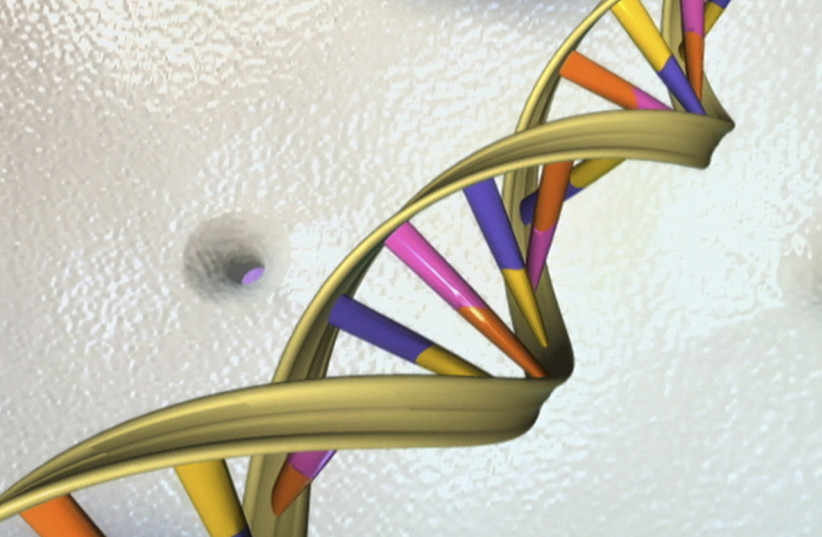Researchers have discovered a new genetic disease that slows the brain development of children, according to a study published in the peer-reviewed American Journal of Human Genetics.
The researchers, including co-authors Professor Matt Guille and Research Fellow Dr. Annie Goodwin of the University of Portsmouth, studied tadpoles whose genes were edited to resemble human genes in order to demonstrate that changes in the GRIA1 gene are the primary cause of the disease.
GRIA1 helps direct electrical signals in the brain, but when a disruption occurs, the brain may lose some of its ability to retain information.
“Next generation DNA sequencing is transforming our ability to make new diagnoses and discover new genetic causes of rare disorders,” said Guille, adding that “the main bottleneck in providing diagnoses for these patients is linking a change discovered in their genome firmly to their disease. Making the suspect genetic change in tadpoles allows us to test whether it causes the same illness in humans.
<br>Modifying Tadpole DNA
According to Guille, the researchers were able to find the link between specific genetic changes and the new disease by modifying the tadpole DNA.

“The resulting data allow us to support our colleagues in providing the more timely, accurate diagnosis that patients and their families so desperately need.”
Professor Matt Guille, University of Portsmouth
“The resulting data allow us to support our colleagues in providing the more timely, accurate diagnosis that patients and their families so desperately need.”
Goodwin noted that the findings could have a major impact in identifying many other diseases.
“This was a transformational piece of work for us; the ability to analyze human-like behaviors in tadpoles with sufficient accuracy to detect genetic disease-linked changes opens the opportunity to help identify a huge range of diseases,” she said. “This is particularly important given that so many neurodevelopmental diseases are currently undiagnosed.”
